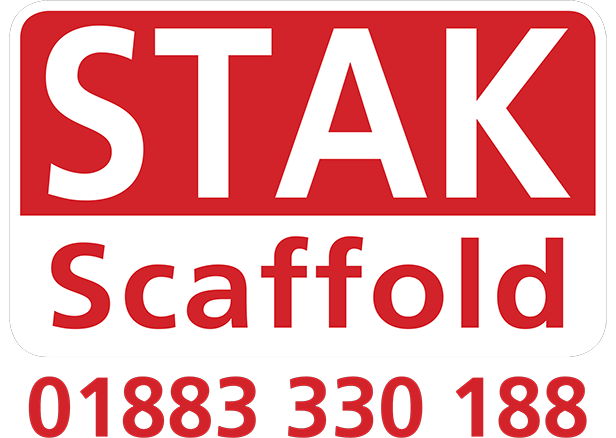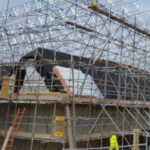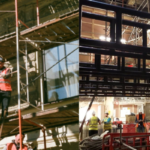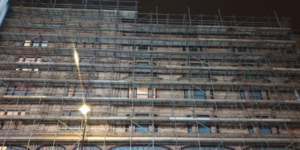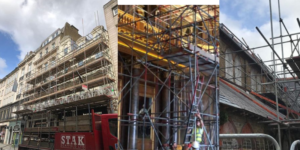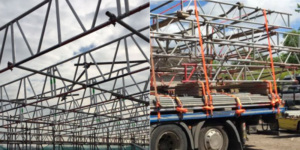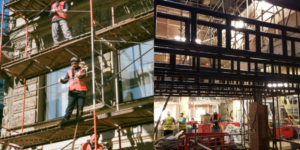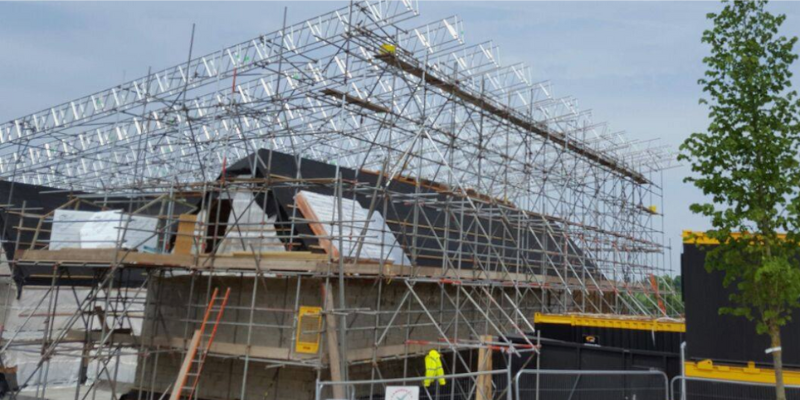
Rigorous scaffolding inspection is more than just a regulatory requirement. While scaffolding in Kent is a widely pervasive structure on many worksites, it is also considered most privy to different accidents and mishaps. Close inspection of scaffolding by the experts ensures that workers don’t run any risks while toiling on the site. When the scaffolding structures are not properly installed, maintained, or inspected, they can pose significant safety risks to workers and the general public alike.
Here, we will dive into the importance and necessity of rigorous scaffolding inspection.
The need for a rigorous scaffolding inspection
Working on scaffolds involves working at a substantial height from the ground and putting blind trust in the strength of the scaffold. Hence, on-site scaffold work involves a looming threat when the structural stability of the scaffold is in question. Therefore, a thorough scaffold inspection by a specialist always takes into account the following aspects:
- They ensure that the scaffolding structures are at a distance of at least 10 feet from the power lines.
- They thoroughly check the stability of structures such as footing, frames, posts, base plates, and mudsills.
- They make sure the associated planks have holes, fissures, cracks, or any other equivalent defects.
- They probe into whether the correct types of materials are being used for the scaffolding.
- The law requires that scaffolding be inspected weekly and by a competent person.
- A re-inspection is advised in case of a weather hazard, as well as after any structural modifications.
- Lastly, it is usually advised to designate safe scaffolds with some visual tags. This signals the green flags to the workers.
When should a scaffolding inspection be carried out?
Some guidelines dictate the intervals of scaffolding inspection. For instance, the regulations clearly state:
- Scaffolding should be inspected before/after installation
- It should be inspected following an adverse weather condition
- It should be conducted at an interval of at least every seven days after the installation
Moreover, these inspections should be conducted by a competent person or a specialist with extensive knowledge, training, and expertise. Their competence may be approved by the Construction Industry Scaffolders Record Scheme (CISRS). However, non-scaffolders with the requisite background experience are also deemed eligible for inspection works. A safe scaffold is usually signalled by visual tag systems.
To summarise our discussion, every scaffolding in Kent demands regular on-site examinations per the effective protocols and ordinance. And, as one of the leading scaffolders in the UK, STAK Scaffold vouches for our adherence to all these safety protocols.
